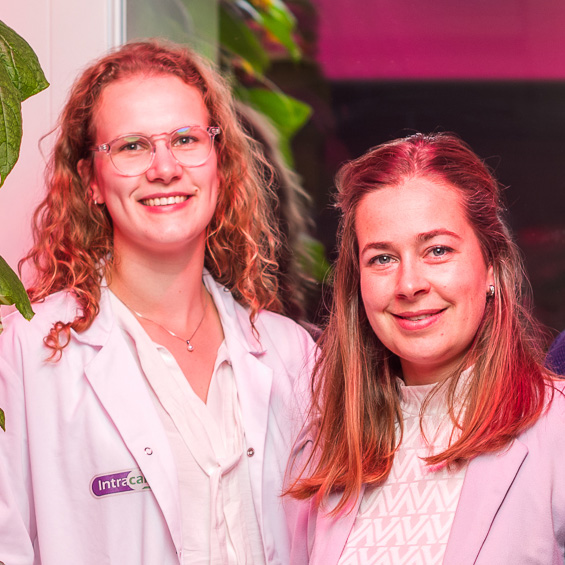


I hear you thinking, bacterial cities? Yes, just like we build our houses, offices, and schools, bacteria and fungi live in similar structures but on a very small scale and on every surface in our surroundings. As humans, we used to live in the open field, with no roof over our heads, and we had to endure environmental stresses such as rain, strong winds, or heat. Hence, we started to build wooden sheds to protect ourselves, and we evolved to constructing high skyscrapers (Figure 1). Here we can live safely, but also share knowledge and experiences with each other in the office or at school. Bacteria and fungi live in these kinds of cities as well!
Bacteria are often the first settlers; they attach to a surface, such as the inside of irrigation pipelines, and create a slimy layer to protect themselves. This layer consists of sugars, proteins, lipids, and minerals. Once settled, bacteria within the colony multiply, the city expands, and biofilm grows. The biofilm can disperse by releasing new bacteria, similar to children leaving their parental house when they have grown up. Consequently, once biofilm is present, it is able to exponentially grow and spread.
Figure 2. Three stages of biofilm development. Stage 1: Attachment of free-floating bacteria to the surface. Stage 2: A biofilm is formed and matures. Stage 3: Detachment and dispersal of bacteria to other surfaces (Karaguler, Kahraman, & Tuter, 2017).
Biofilm is more resilient to stressors from outside and more adaptive than individual microorganisms. Factors such as temperature, humidity, oxygen level and turbulence influence the growth and stability of biofilm. A higher temperature and oxygen level increase the ability of biofilm to grow and disperse. Also, a greater turbulence, like the flow of water, creates more stress for bacteria, which is an incentive to form a thicker layer of biofilm. These conditions are very similar to the environment in irrigation pipelines.
On top of the conditions mentioned above, fertilizers are added to the irrigation water to improve plant health and growth. However, nutrients and minerals are also beneficial to micro-organisms in the biofilm. The minerals from fertilizers are used as food and reinforcement. The minerals work like scaffolds, making the biofilm stronger and more stable (figure 3). This makes it more difficult and dangerous to remove the biofilm. Once you break down the scaffolds, the bacterial city collapses, and big parts of biofilm come loose which could cause blocked drippers. Therefore, it is particularly important to be aware of biofilm formation in the irrigation system and preferably prevent it.
Figure 3. Biofilm formation with and without the presence of the mineral calcium. The result is shown after 3 and 7 days of mineral water passing by (Oppenheimer-Shaanan, et.al, 2016).
Besides bacteria, fungi are can also be present in the biofilm structures. Fungi often attach to mature bacterial biofilm. Research has shown that the hyphae of fungi are used by bacteria as a highway. The fungal structures serve as vector for the dispersal of bacteria and strengthen the formation of biofilm. Consequently, once fungi are attached to biofilm, the structure becomes more resilient and harder to remove.
With these lurking dangers, it is crucial to ensure that the formation of biofilm is prevented, or if it has already formed, to remove the biofilm and prevent any problems during your growing cycle. Since biofilm primarily consists of sugars, it is important to use a substance that breaks down and addresses these sugars. A product based on chlorine, which is commonly used, does not accomplish this. Intra Hydropure, a silver-chelated peroxide, can tackle these biofilm structures, besides eliminating bacteria and fungi.
Intra Hydropure is a biocide for use in irrigation water systems registered according to the European BPR, specifically designed for removing biofilm and disinfection. This makes the product a future proof solution for hygiene purposes, improving water quality and reducing infection pressure.
To summarize, biofilm is a living hiding spot for bacteria, fungi, and viruses. Intra Hydropure prevents and removes biofilm in irrigation systems, offering benefits for you as a grower:

Mayra Nagtzaam & Claudia Weick